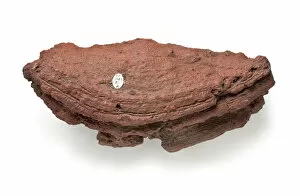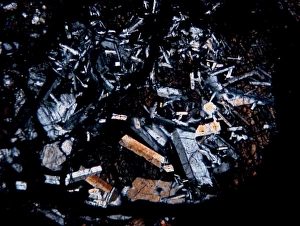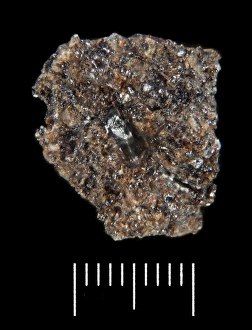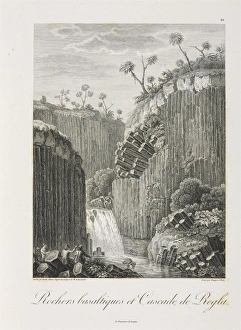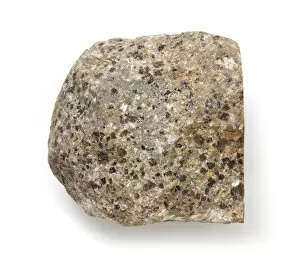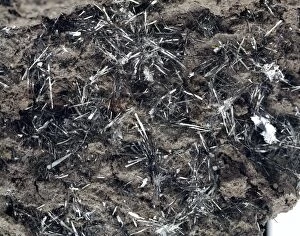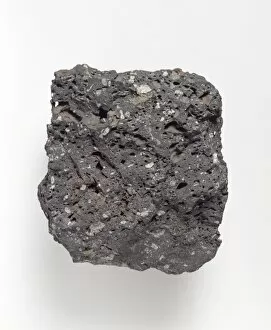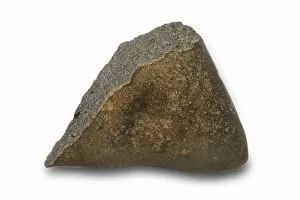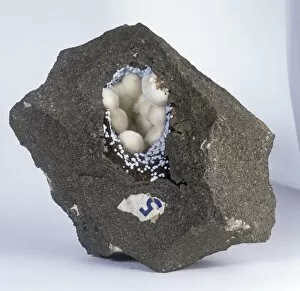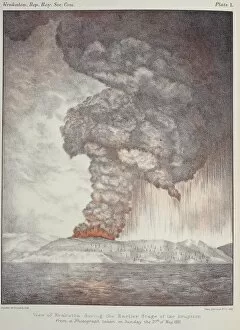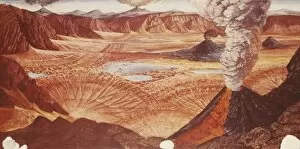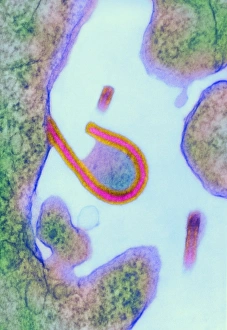Extrusion Collection
"Extrusion: Unveiling the Dynamic Forces of Nature and Technology" Witness the explosive power of nature with a basalt bomb, created during a volcanic eruption
All Professionally Made to Order for Quick Shipping
"Extrusion: Unveiling the Dynamic Forces of Nature and Technology" Witness the explosive power of nature with a basalt bomb, created during a volcanic eruption. 🌋 Dive into the microscopic world with an awe-inspiring image of the Pasamonte eucrite under a microscope. 🔬 Picture No. 12019771 takes us to Mexico's Real del Monte mine, where majestic basalt columns stand tall, showcasing the wonders of extrusion. IND0 20-08 549 captures another mesmerizing moment in extrusion history - witness it for yourself. 📸 Explore outer space as we present you with a moon rock fragment, evidence on celestial bodies beyond our own planet. Journey to Portugal's Madeira Islands and marvel at Porto Santo's low-angle view of the Columnar Disjunction – nature's remarkable display through extrusion. Discover how technology harnesses the power with an aluminum continuous rain gutter machine – revolutionizing construction processes worldwide. Another glimpse into lunar geology awaits as we showcase yet another moon rock fragment – proof that extrusion is not limited to Earth alone. 9 & 10 (combined). From ancient geological formations to cutting-edge machinery, this caption encapsulates both natural wonders and technological advancements tied together by one common thread: Extrusion.

